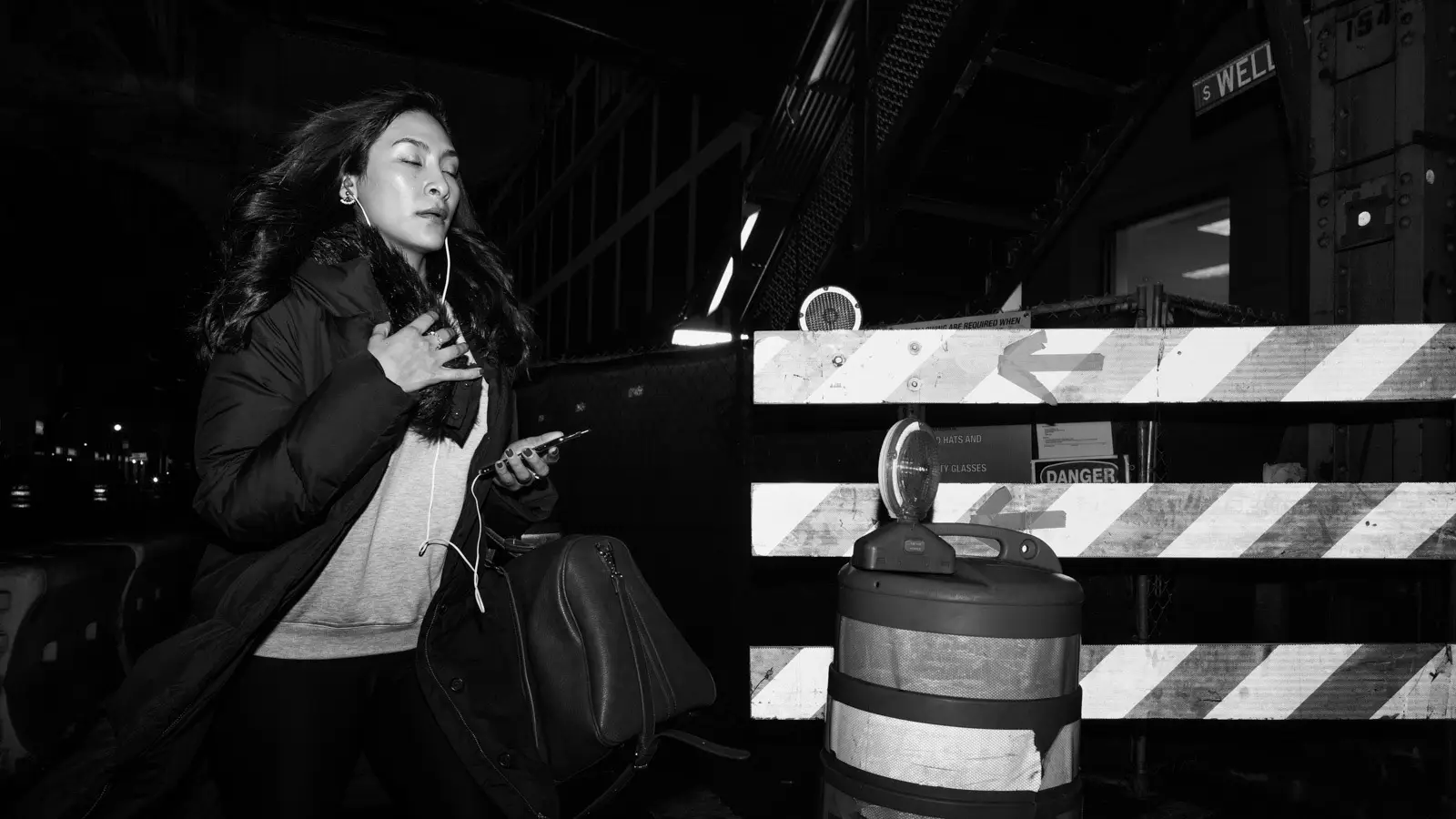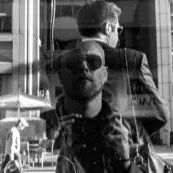William Eggleston
William Eggleston, born in Memphis, Tennessee (July 29, 1939), grew up in the South. While the South became the prime subject of his work, he created art out of commonplace subjects, making every detail equally important.
William Eggleston Educational Background
Eggleston shot his first pictures when he was ten years old, using a Brownie Hawkeye. He continued to take pictures as a hobby, even during his stay at military-style boarding academy.
Raised on a cotton plantation, William Eggleston was inspired by visual media at a very young age and saw his surroundings as a canvas. While attending Vanderbilt University, he was moved by pictures from photographer Henri Cartier-Bresson’s show “The Decisive Moment” and Walker Evans’ “American Photographs”. Eggleston went back to Memphis and began to shoot pictures of his beloved South.
William Eggleston: Career
William Eggleston started taking pictures of ordinary things (such as shoes under a bed, an old truck or the inside of a refrigerator) when he returned to Memphis. Even though he had worked primarily with black and white photographs, he began to learn to use color photography artistically. In 1967, he presented his work to John Szarkowski at the Museum of Modern Art (MoMA) in New York. Nine years later, the New York MoMA hosted a one-man show of color photographs.
Although many critics panned the show for William Eggleston’s focus on the ordinary and supposedly mundane, many, including John Szarkowski himself, believe the work of Eggleston to be “perfect.”
Rolling Stone commissioned William Eggleston to photograph Plains, Georgia in 1976, right before the election of President Jimmy Carter. This work eventually became a book called Election’s Eve. It was the first of many books.
William Eggleston Books
- 1976 Election’s Eve
- 1979 Morals of Vision
- 1979 Wedgwood Blue
- 1979 Flowers
- 1980 The Streets are Clean on Jupiter
- 1983 Kiss me Kracow
- 1988 English Rose
- 1989 The Democratic Forest
- 1990 Faulkner’s Mississippi.
Other Projects from William Eggleston
After the historical show at MoMA, William Eggleston continued to pursue a variety of artistic endeavors, ranging from artistic to purely practical work. He was appointed a lecturer in Visual and Environmental Studies at the Carpenter Center, Harvard University.
Eggleston has been commissioned to photograph many sites, including an AT & T job to photo the Gulf States. He was also specially commissioned to photograph the mansion of Elvis Presley and the Paramount Pictures studio lot.
In a more creative line, Eggleston served as a set photographer for many films, including John Huston’s Annie (1982), Eve’s Bayou (1996) and Gus Van Sant’s Easter (1999). He has photographed extensively in places all around the world.
The Influence of William Eggleston
Although most of his contemporaries stuck to black and white, Eggleston was one of the first photographers to use color artistically. As “the father of color photography,” he is considered one of the most influential color photographers of the twentieth century.
Similarly, Eggleston was one of the first photographers to deliberately choose non-natural themes as his subject matter. While Ansel Adams searched for the beauty in nature, Eggleston found something in the mundane. Through ordinary objects, Eggleston created a sublime quality in his work that is uniquely beautiful. His work has inspired both artistic and commercial photographers, as well as filmmakers.



